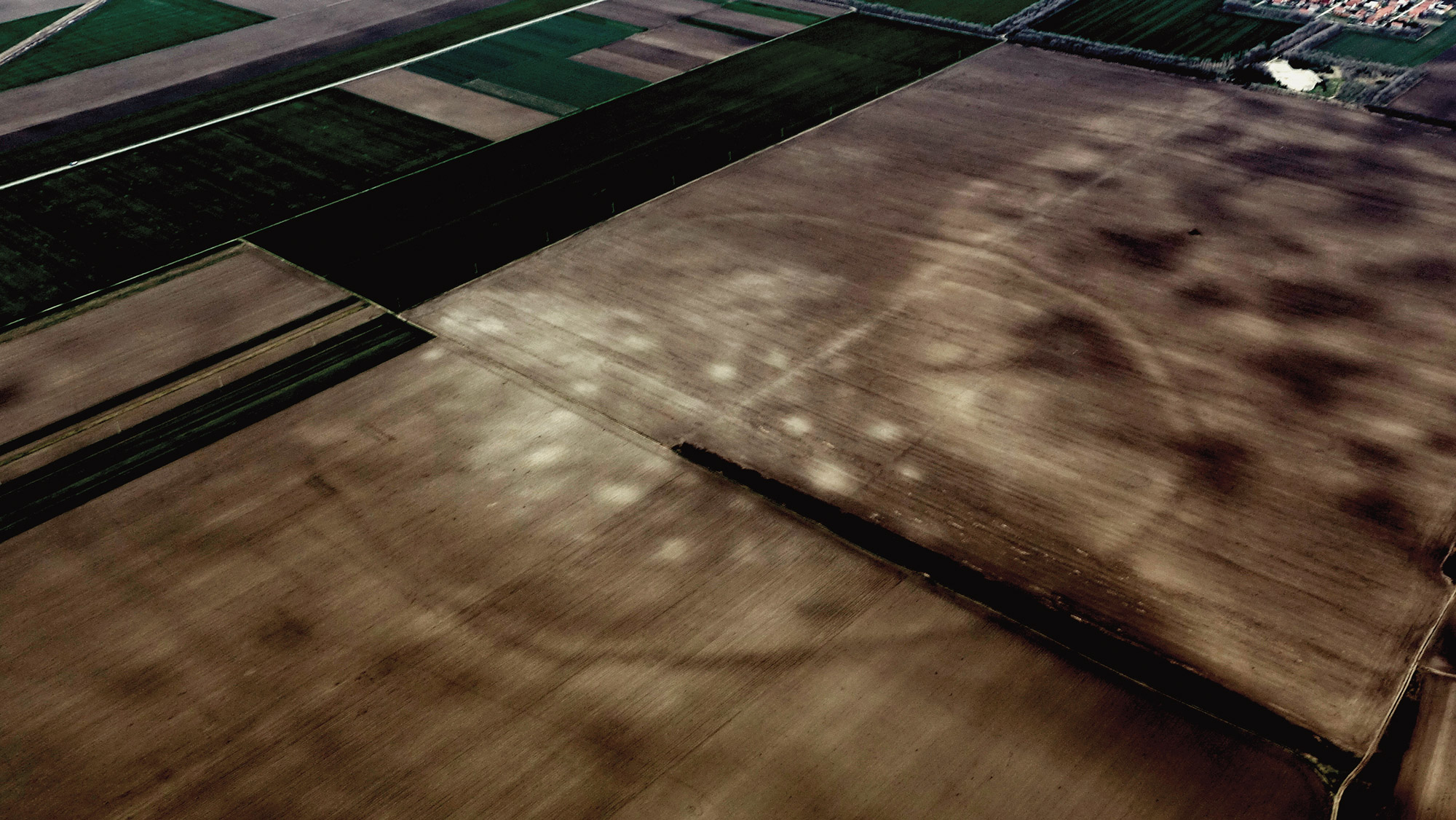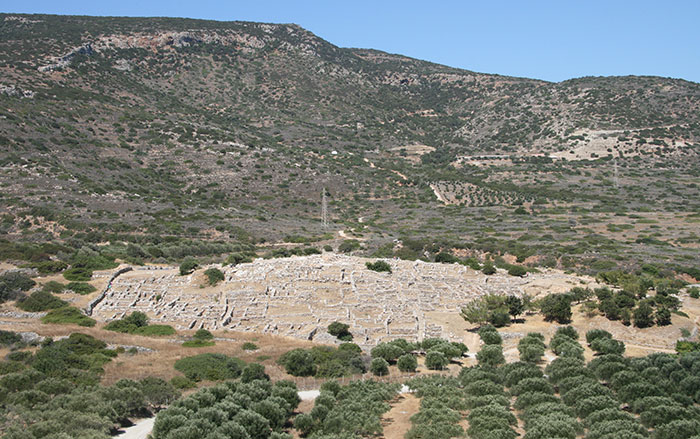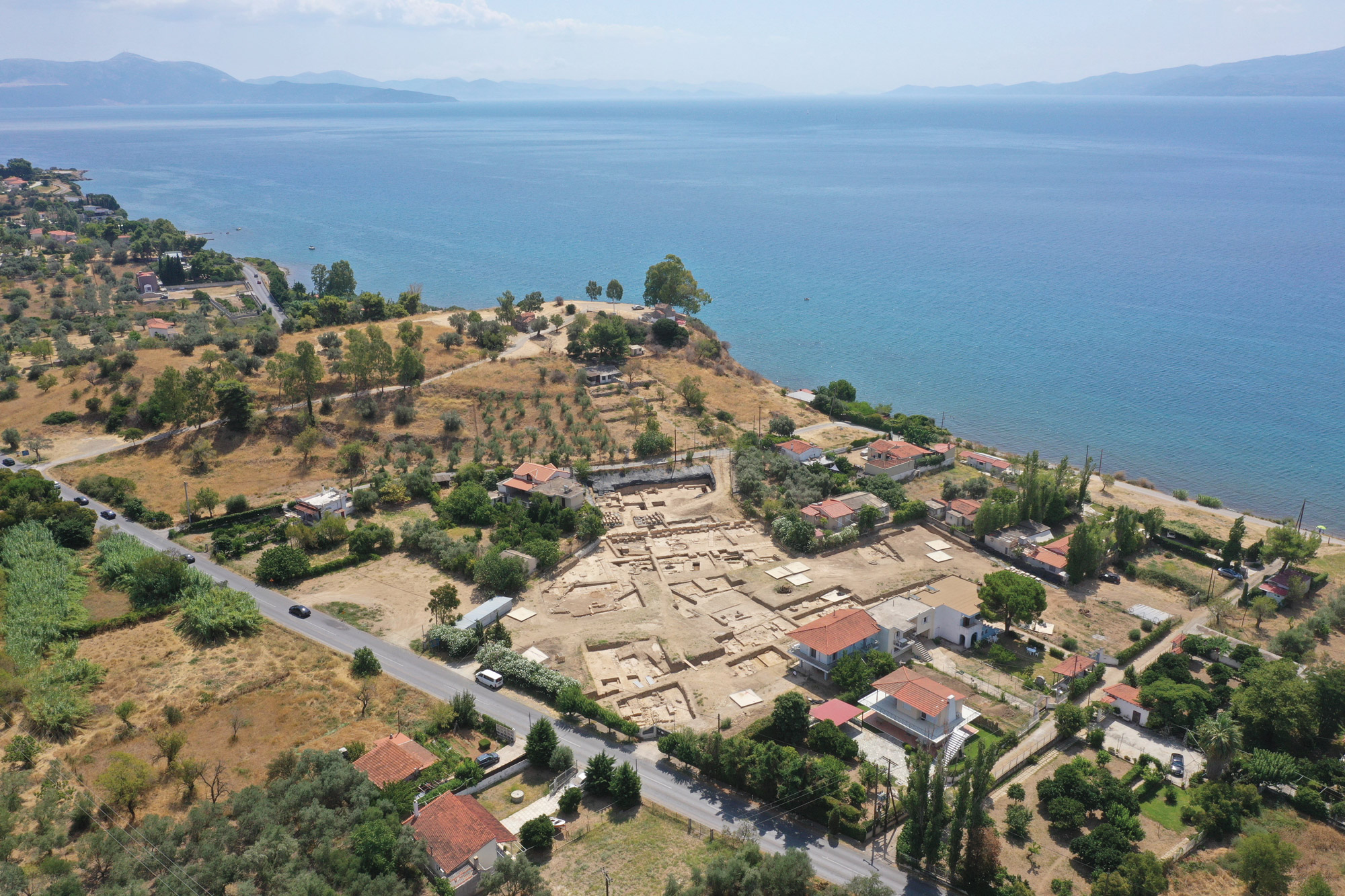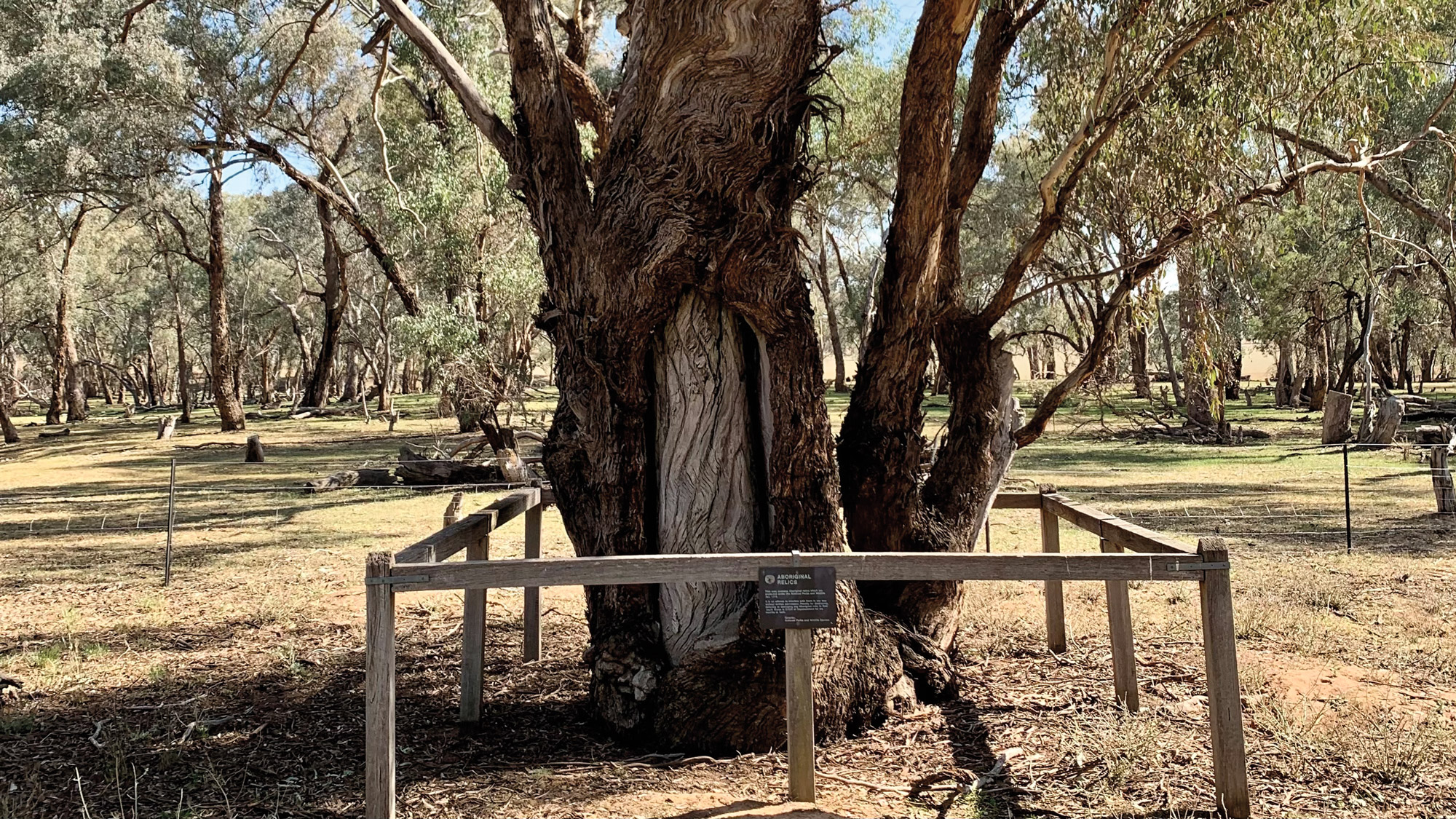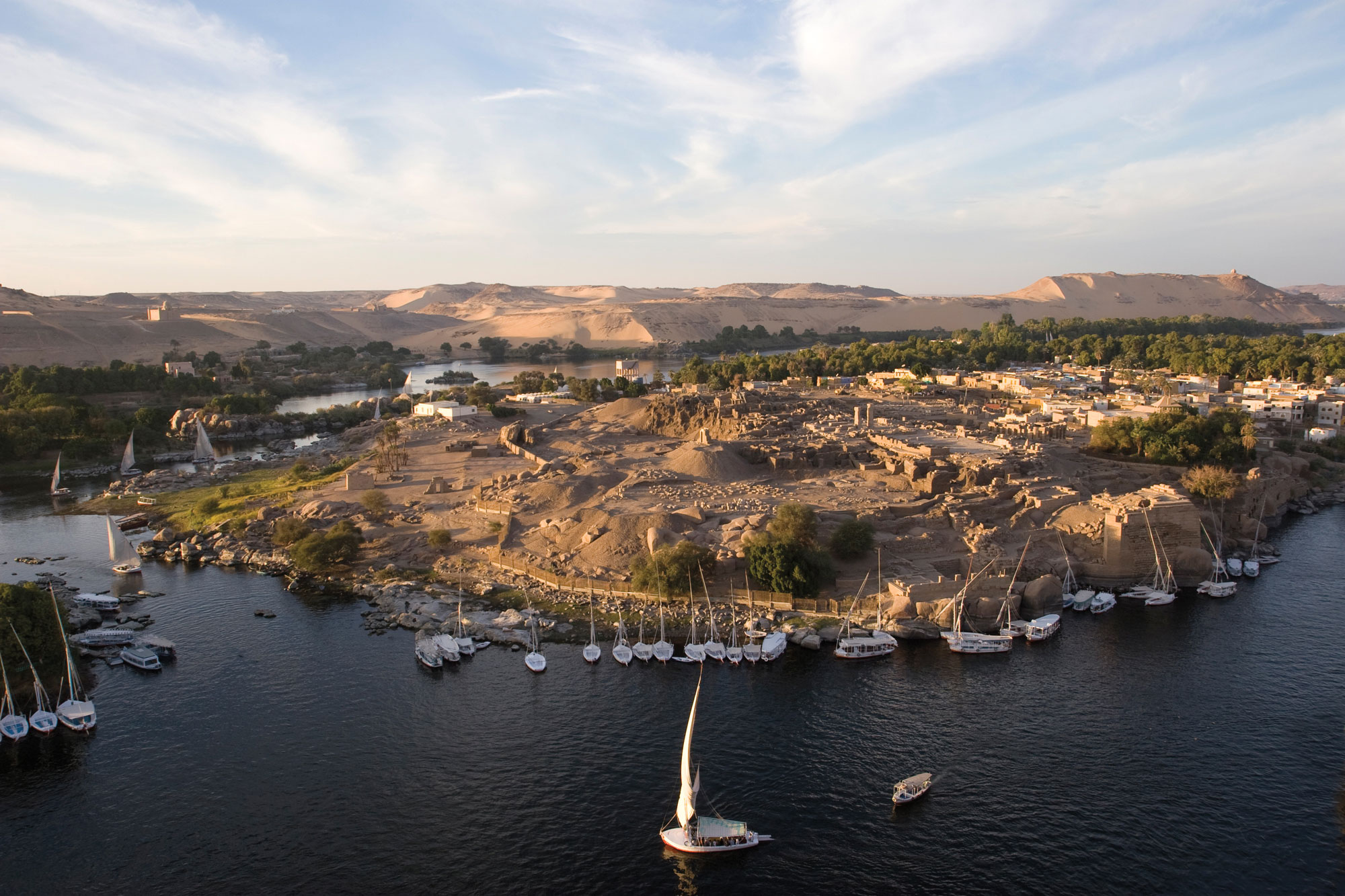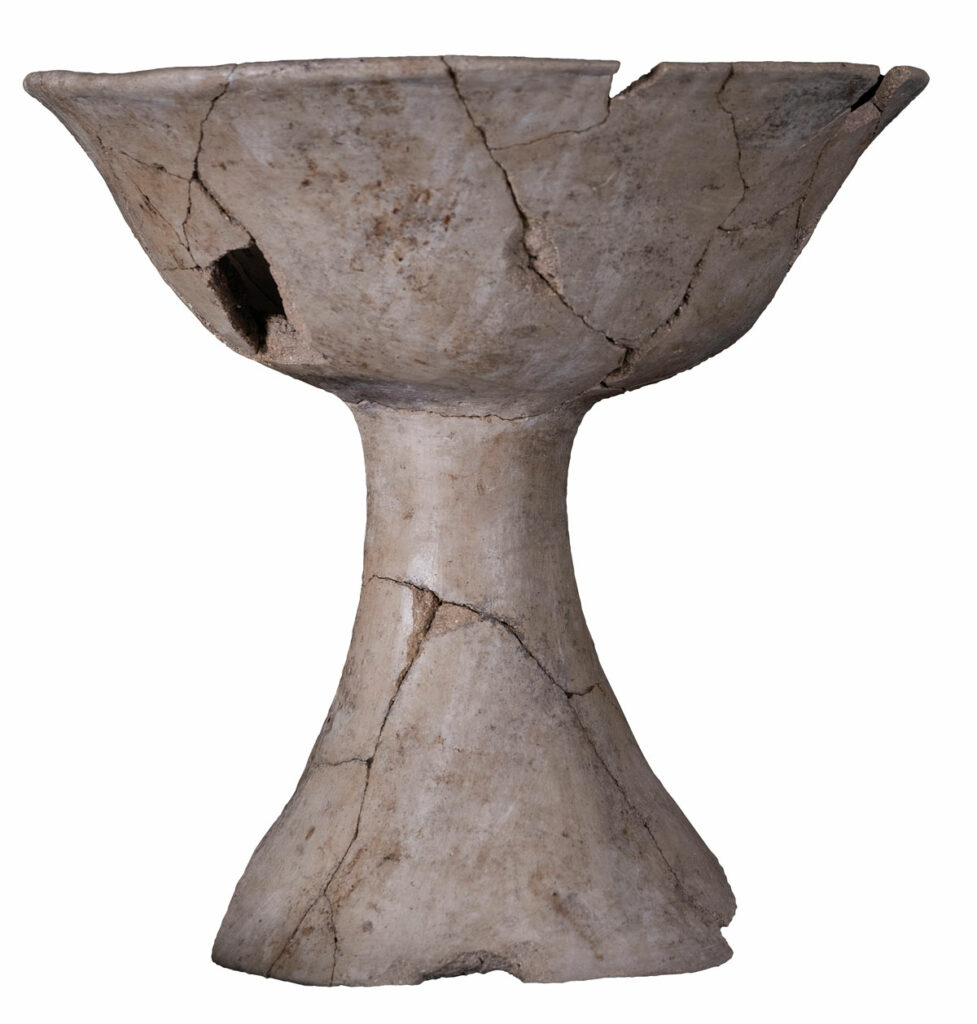
Archaeologists have dated the lakefront Neolithic (7000–3200 b.c.) settlement of Dispilio in northern Greece using a method that involves detecting evidence of bursts of cosmic radiation in ancient wood samples. In 2012, physicist Fusa Miyake first identified sudden spikes in the level of radioactive carbon-14 in tree rings that could be attributed to bombardment by cosmic rays at precisely known points in the past. A handful of these spikes, called Miyake Events, which allow wood samples to be dated to a single year, can be identified in tree rings dating back as far as 12,350 b.c.
A team including University of Bern archaeologists Albert Hafner and Andrej Maczkowski and University of Arizona dendrochronologist Charlotte Pearson took 787 samples from preserved juniper and oak piles that Dispilio’s inhabitants used to build their dwellings. The researchers identified evidence in the samples of a known Miyake Event that occurred in 5259 b.c. By using this as a reference point when studying the wood samples, the team was able to date certain phases of construction to a period of less than 200 years between 5328 and 5140 b.c., a much more precise range than had previously been possible. “The importance of this finding is that we can hang a lot of archaeological evidence on these new dates,” says excavation director Kostas Kotsakis of Aristotle University of Thessaloniki. For example, researchers can now isolate when people renovated their dwellings 7,000 years ago and refine the dates of ceramics previously unearthed at the site. Their work has implications for the timeline of the Neolithic period in Europe. “From the evidence at Dispilio, we’re building a calendar of chronologies for the Neolithic period for the region, and all of southeast Europe will benefit,” says Hafner.






